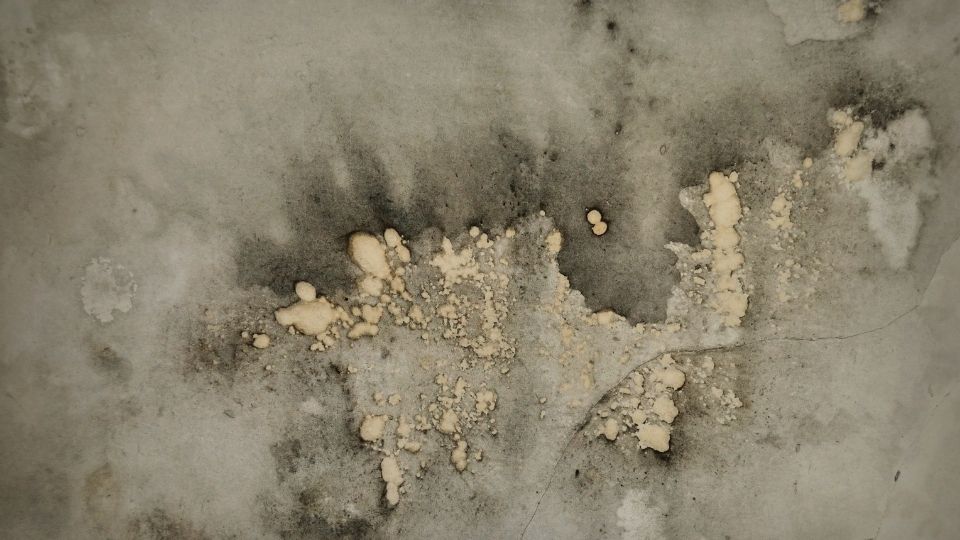Mold is a common problem for homeowners. It can grow anywhere, but it typically prefers dark and damp places with low levels of air circulation. Most mold types need three things to survive: food (organic material like wood), water, and darkness. If you suspect that mold may be growing in your home, don’t waste time; schedule your mold inspection in Atlanta.
Not sure if mold is what you are seeing? Here are seven different kinds of mold you might find in your house right now!
1. Stachybotrys
Also known as black mold, this is one of the most infamous types of mold. It can grow indoors or outdoors, and it’s usually found in humid conditions like bathrooms and basements. It is hazardous to your health and must be carefully removed and the area treated to prevent regrowth.
2. Alternaria
Found in soil and plants, this type of mold in homes is often found on food. It’s also known as the “greenish-black” mold that grows on showers walls and ceilings because it thrives in warm and humid conditions like bathrooms.
3. Penicillium
This isn’t actually a household species—it can be found outdoors mostly but does make its way indoors on occasion. It’s also known as blue mold and grows mostly on food. Among the different types of mold, this one is less concerning.
4. Rhizopus
Found in soil and plants, this type of black mold can grow indoors or outdoors! It needs warm temperatures to survive so it usually thrives in the summertime. This can be dangerous, so work with our mold experts in Atlanta for its removal.
5. Aspergillus
Another common black mold, it’s a problem if the spores are inhaled! If you have asthma or other respiratory problems, avoid breathing in these spores because they can trigger an attack. It starts out as green and will turn brown/black with age.
6. Cladosporium
This one is found everywhere outdoors but doesn’t often grow indoors. It requires low levels of humidity and air circulation to survive, but some homes have the right conditions for its growth.
7. Fusarium
This type of black mold is mostly found in soil and plants but it also thrives indoors! Avoid dark corners where you keep your bins or storage boxes because this black mold will grow there without a problem. It starts out green then turns brown/black with age.
If you are concerned about the presence of mold in your home, allow Mold-B-Gone to help. We will thoroughly clean your home of mold and test to ensure every spore is eliminated before we leave.
Have you recently experienced significant water damage? Learn about how to prevent mold after a flood. If you are worried about mold in general, read: What Helps Mold Spread Through Your Home?

